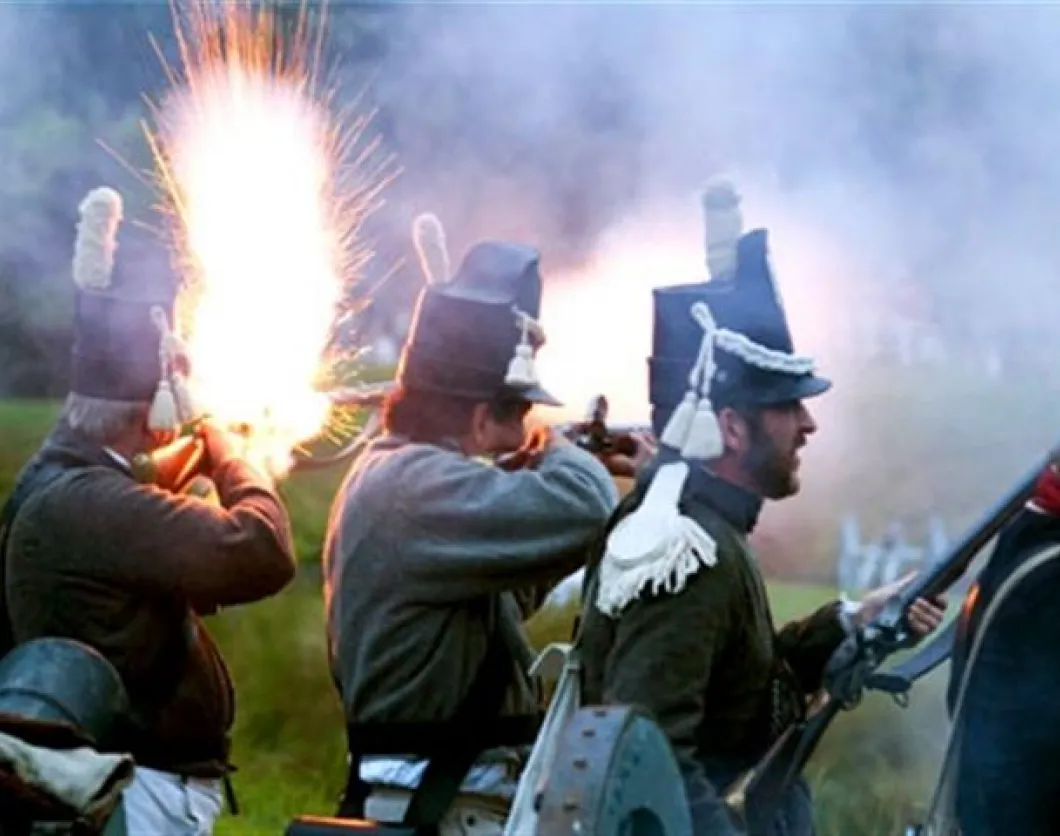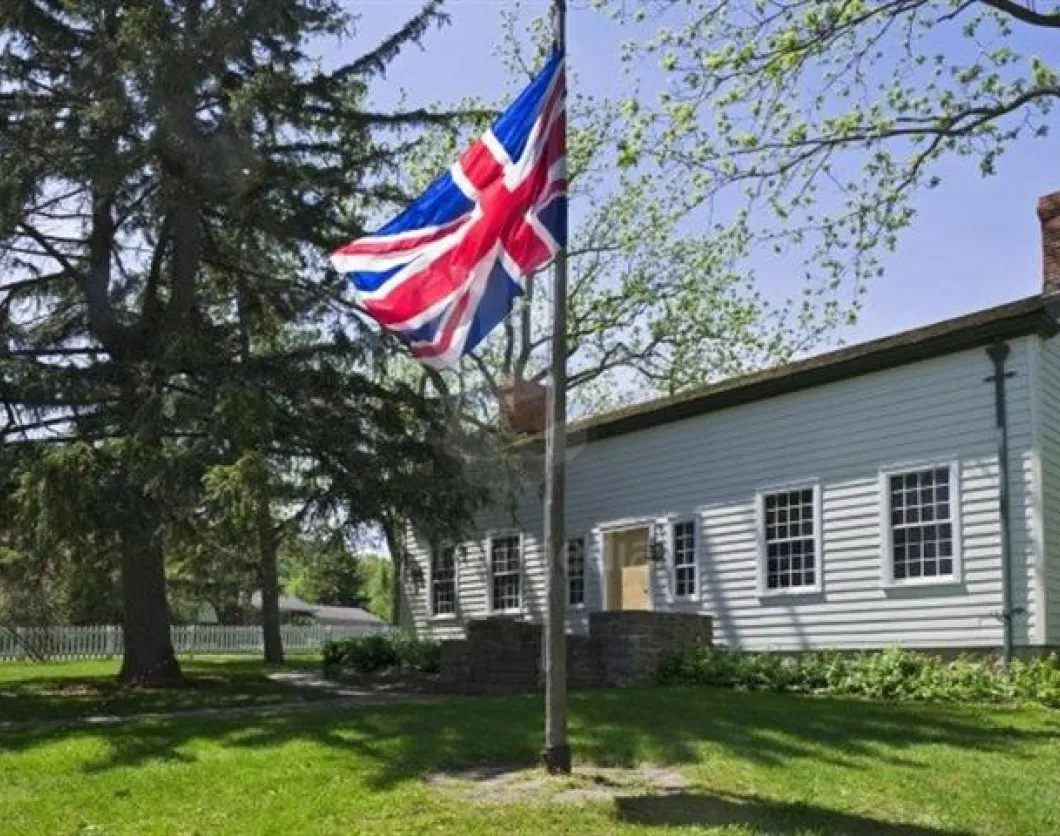The Niagara Heritage Trail is a historic 53 km route that runs along the Canadian coastline. It begins at Fort Erie and continues northwards to Niagara-on-the-Lake. Here you will discover more than a hundred monuments and plaques that helped to bring peace between Britain and America. Construction of the site was done in phases beginning in the 1980s and ending in 1995.
This parkway was a major battlefield between the newly independent United States and Great Britain. President James Madison backed by the US Congress declared war on Britain on 18 June 1812 and attacked Canada which was a British colony. There were several reasons for the US declaring war on Britain. This included trade restrictions as a result of Britain's ongoing war with France, British support of American Indians' raids, impressments of American merchant sailors into the Royal Navy and outrage due to insults to national honor after humiliations at high seas.
The Niagara Heritage Trail consists of several sites:
Fort Erie
The fort was a major battle site in July 1814 when British troops were stationed there and had to fight off the invading American troops. Eventually the Americans took the fort but were later outnumbered and had to withdraw to the safety of its walls. When Fort Erie was put under siege by the British troops the American Army was forced to burn down the fort and retreat across the Niagara. Today tourists can join the British and American forces on a tour of the historical grounds and have firsthand experience of live musket fire demonstrations. In August you can witness a real battle reenactment as well as the events that took place when Fort Erie was besieged.
Chippawa Battlefield Park
This was the site of the first skirmishes on the Canadian side during the war that lasted for 32 long months. Some historians credit the site as the true birthplace of the modern American Army. The Chippawa battle fought on 5 July 1814 ushered in the military campaign that is considered as the longest and bloodiest War of 1812.
The Mackenzie Printers
It is the home of the William Mackenzie, the rebel publisher and an important highlight of the heritage trail. Here you will learn the real secrets behind text messages. The restored home displays printing technology that is more than 500 years old. This is also the home of a rare Louis Roy Press which is also among the few original wooden presses that still exists around the world.
Laura Secord Homestead
Laura Secord is considered as one of the most famous heroines during the 1812 war. In the height of the war she courageously set off on a dangerous mission to warn Lt. James Fitzgibbon who was at Beaverdams of an impending American attack. She walked for 32 kilometers and about eighteen hours to arrive at Beaverdams accompanied by Natives allied to the British where she finally delivered her message. As a result of her warning the advancing American forces were ambushed and defeated on 24 June 1813 at Beaverdams. The home is usually open from 10 a.m. to 5 p.m., here visitors enjoy light refreshments, Laura chocolates and ice cream.
McFarland House
It stands as a true testament of the gracious 1800s-lifestyle.The house epitomizes impeccable manners, gracious living and the good taste of the Georgian folks who lived around the Niagara-on-the-Lake region.
Brock's Monument
The monument is dedicated to one of the great generals who led his troops in the Queenston Heights Battle, General Isaac Brock. On 13 October 1812 American soldiers invaded Queenstock. The general rushed his forces to meet the invading army and defeated the Americans in the Battle of Queenstock Heights. Although a combined force of British regulars and Canadian militias won the battle General Isaac Brock was killed. Here a tour of the monument begins at its foot and includes a climb to the top for a magnificent view of Niagara Falls and Lake Ontario.
The Niagara Heritage Trail is also marked with hundreds of plaques and monuments to identify persons, events and landmarks that are important to the history of this region. You will find these commemorative markers and plaques along the parkway and roadway that follow the Niagara River. Other tourist attractions close to the site include the Butterfly Conservatory, the Whirlpool Golf Course and the Flora Clock.










